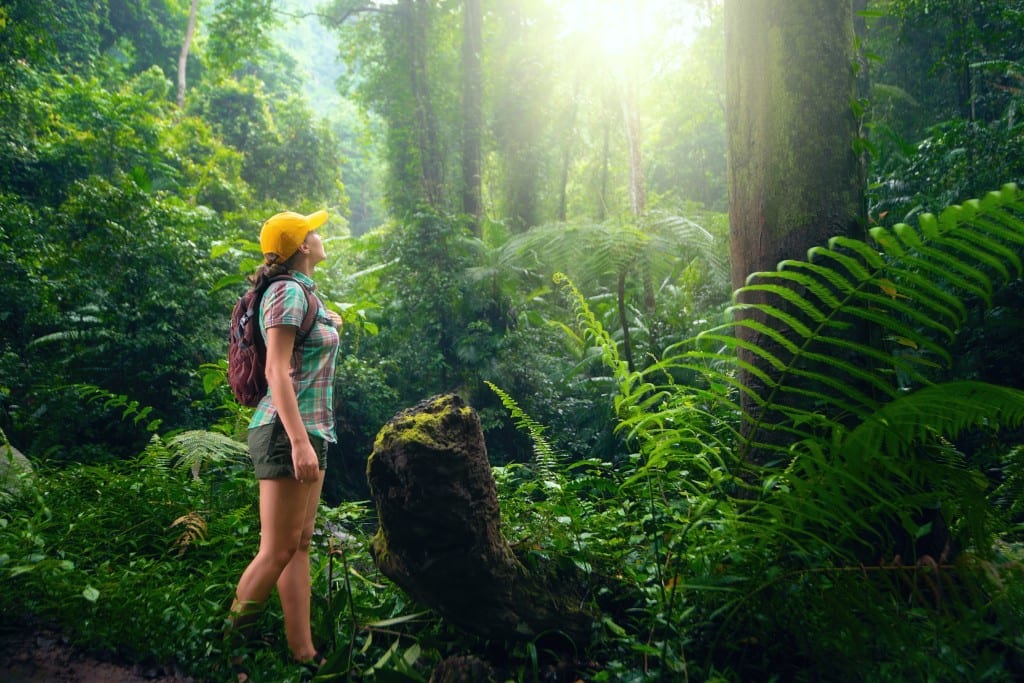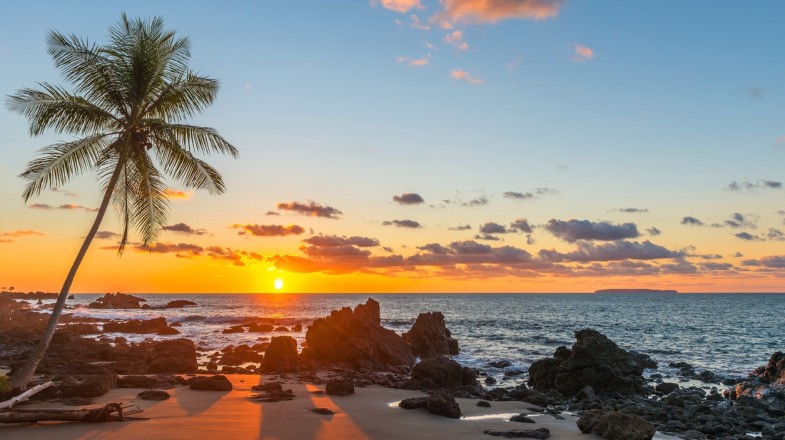In a world where our oceans are facing unprecedented threats, responsible travel becomes paramount in ensuring the preservation of marine ecosystems. Eco-tourism offers a unique opportunity to explore the wonders of the sea while promoting sustainable practices that protect and conserve these fragile environments.
In this article, we will dive into the realm of sustainable marine sanctuaries, where conservation and tourism coexist harmoniously. Join us as we explore these remarkable destinations that prioritize environmental preservation, offering unforgettable experiences for eco-conscious travelers.
The Great Barrier Reef Marine Park, Australia
Located off the coast of Queensland, Australia, the Great Barrier Reef Marine Park is the epitome of marine biodiversity. Spanning over 2,300 kilometers, this UNESCO World Heritage site is home to a staggering array of coral reefs, marine life, and vibrant ecosystems. With a focus on sustainable tourism, the park promotes responsible diving and snorkeling practices, ensuring minimal impact on the delicate corals. Visitors can embark on guided tours led by knowledgeable marine biologists, educating them about the reef’s ecology and the importance of its conservation. By supporting the Great Barrier Reef Marine Park, travelers contribute directly to the ongoing preservation efforts of this natural wonder.
Palau’s Rock Islands Southern Lagoon
Palau, an archipelago in the Western Pacific Ocean, boasts the enchanting Rock Islands Southern Lagoon, a UNESCO World Heritage site. This pristine sanctuary is renowned for its crystal-clear turquoise waters, labyrinthine coral reefs, and picturesque limestone islands. To protect this fragile ecosystem, Palau has established strict regulations, such as the “Palau Pledge,” which requires visitors to commit to sustainable practices before entering the country. Travelers can indulge in activities like kayaking, snorkeling, and diving while marveling at the untouched beauty of this natural paradise. By experiencing the Rock Islands Southern Lagoon responsibly, visitors actively support Palau’s conservation initiatives and help ensure its long-term sustainability.
Galápagos Marine Reserve, Ecuador
The Galápagos Islands, situated in the Pacific Ocean off the coast of Ecuador, have captivated naturalists and explorers for centuries. The Galápagos Marine Reserve, a UNESCO World Heritage site, surrounds these iconic islands, offering a haven for a remarkable array of marine species. Strict regulations and visitor limits are in place to protect the delicate balance of the ecosystem. Travelers can embark on eco-friendly cruises and guided tours that provide insights into the unique biodiversity of the archipelago. From swimming with sea turtles to observing playful sea lions and encountering marine iguanas, a trip to the Galápagos Marine Reserve allows visitors to witness nature’s wonders while contributing to its preservation.
Tubbataha Reefs Natural Park, Philippines
Hidden in the Sulu Sea, the Tubbataha Reefs Natural Park is a haven for marine life enthusiasts. This UNESCO World Heritage site is home to extensive coral reefs, vibrant fish species, and rare marine creatures. Accessible only by liveaboard boats, Tubbataha Reefs Natural Park ensures limited human impact on the delicate ecosystems. Snorkeling and diving enthusiasts can explore the underwater wonders while abiding by strict rules to preserve the park’s integrity. By supporting Tubbataha Reefs Natural Park, visitors contribute directly to conservation efforts, including research and monitoring programs aimed at protecting this ecological gem for future generations.
Komodo National Park, Indonesia
Komodo National Park, located in the Indonesian archipelago, is renowned for its iconic Komodo dragons. However, beyond the terrestrial marvels, this national park boasts thriving marine ecosystems that deserve equal attention. Diving enthusiasts can explore colorful coral gardens, encounter manta rays and turtles, and swim alongside diverse fish species. Local operators in the region prioritize sustainable diving practices, ensuring the protection of the park’s marine resources. By choosing eco-certified dive centers and responsible tour operators, visitors can actively contribute to the preservation of Komodo National Park’s marine biodiversity.
Sustainable marine sanctuaries offer a glimpse into the incredible world beneath the waves while promoting responsible travel practices. From the Great Barrier Reef Marine Park in Australia to Palau’s Rock Islands Southern Lagoon, the Galápagos Marine Reserve in Ecuador to the Tubbataha Reefs Natural Park in the Philippines, and Komodo National Park in Indonesia, these destinations embody the spirit of eco-tourism by prioritizing environmental conservation.
By immersing ourselves in these marine sanctuaries, we not only experience the awe-inspiring beauty of the oceans but also play an active role in preserving them for generations to come. Let us embark on a journey of exploration and conservation, forging a sustainable path toward a brighter future for our precious marine ecosystems.



